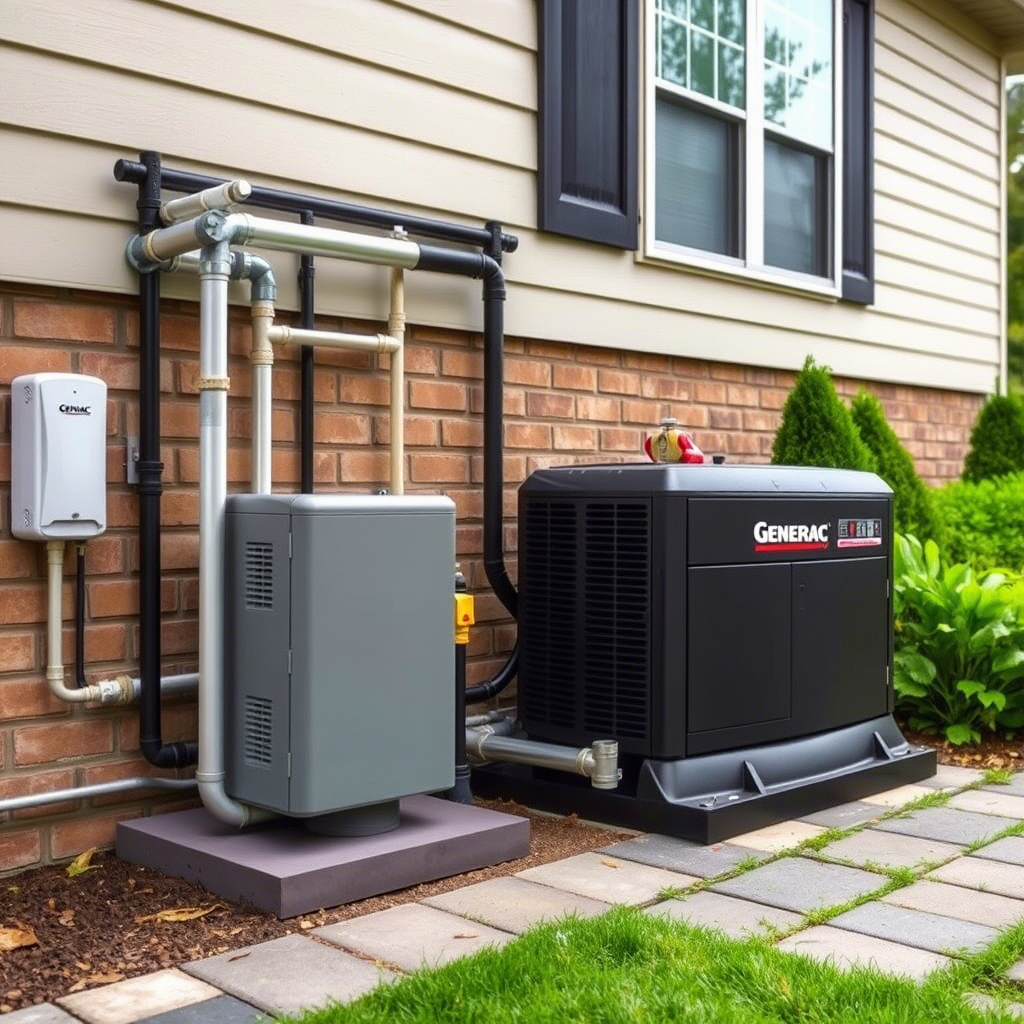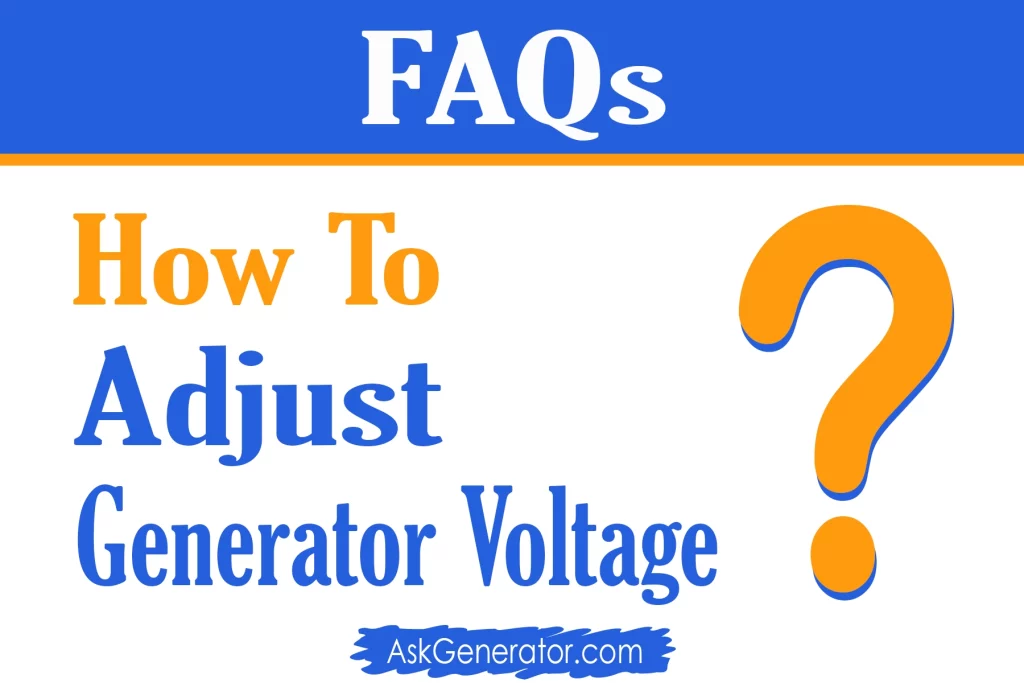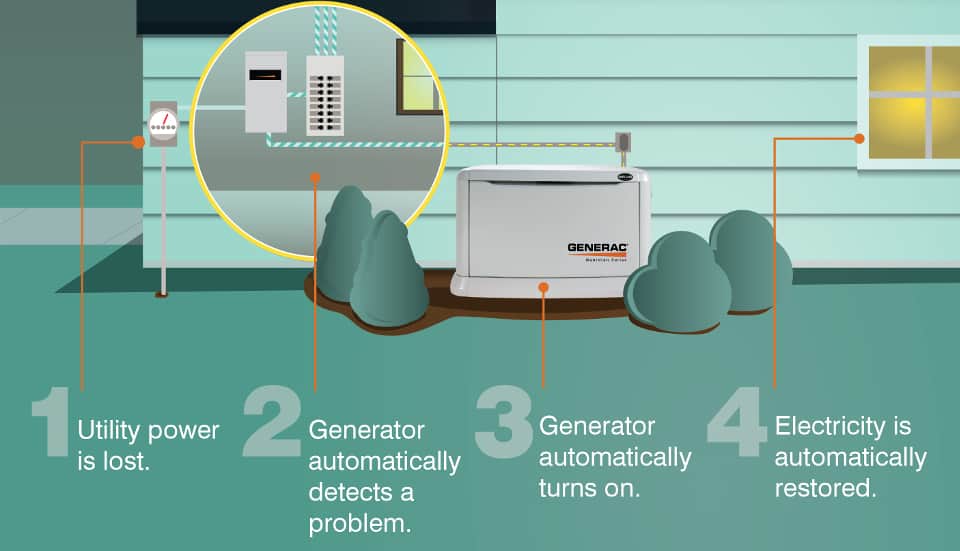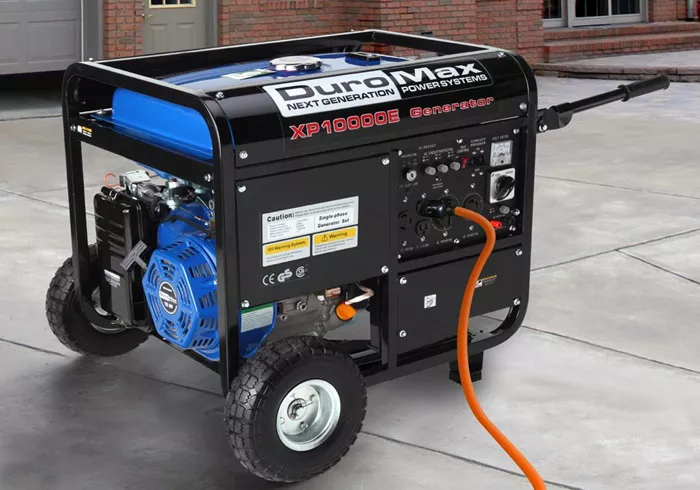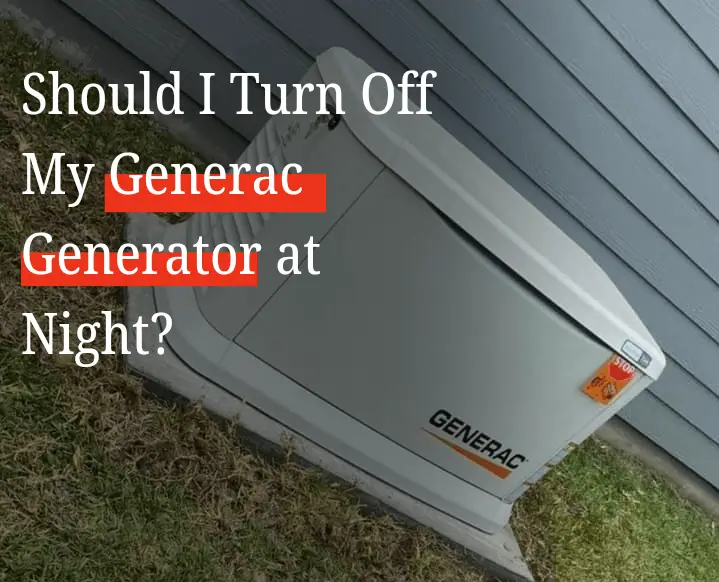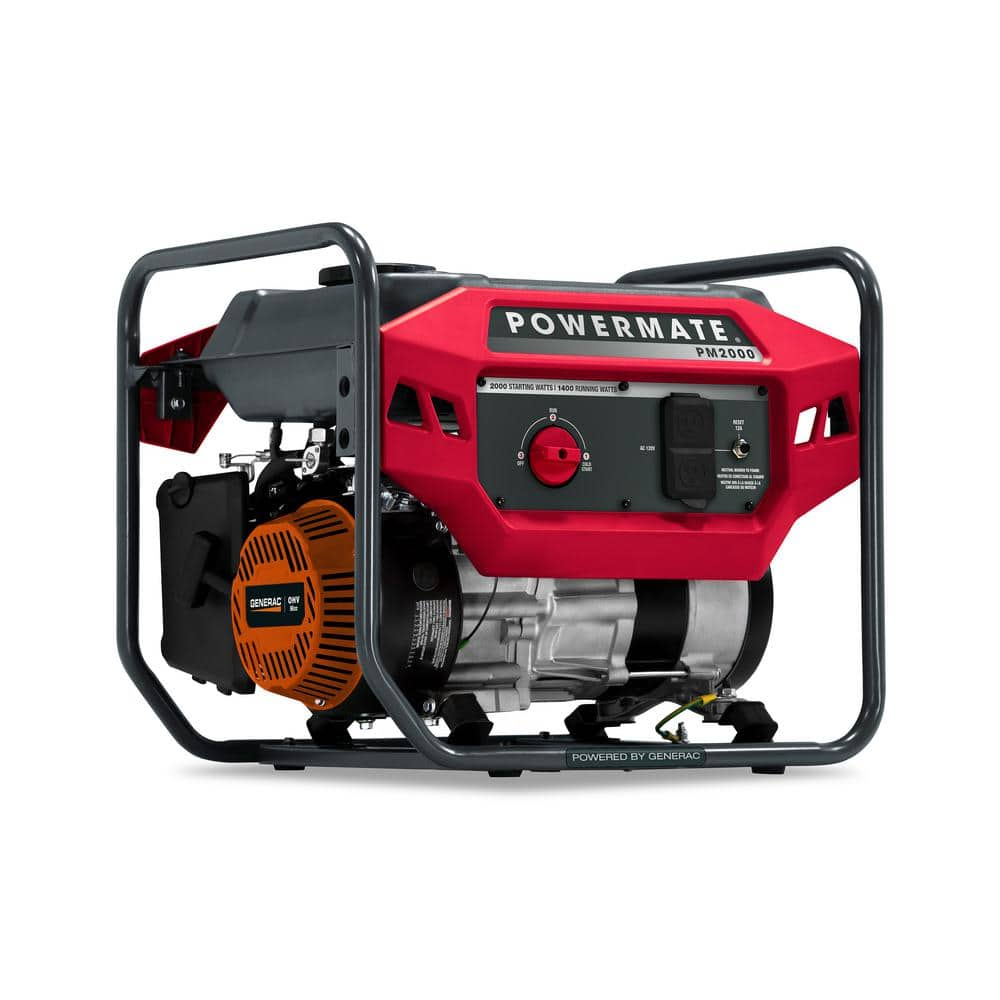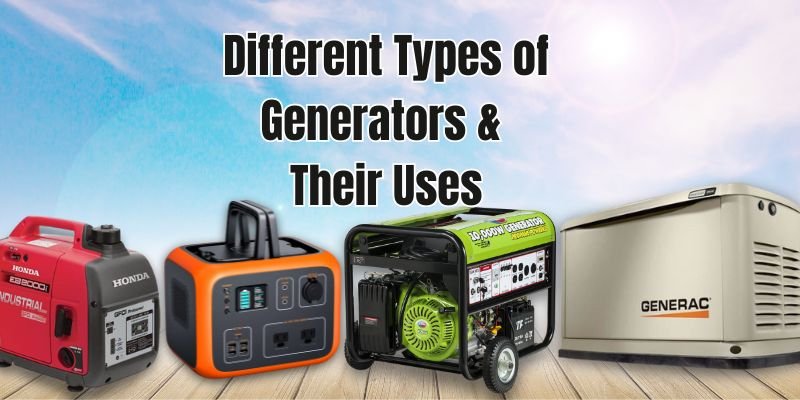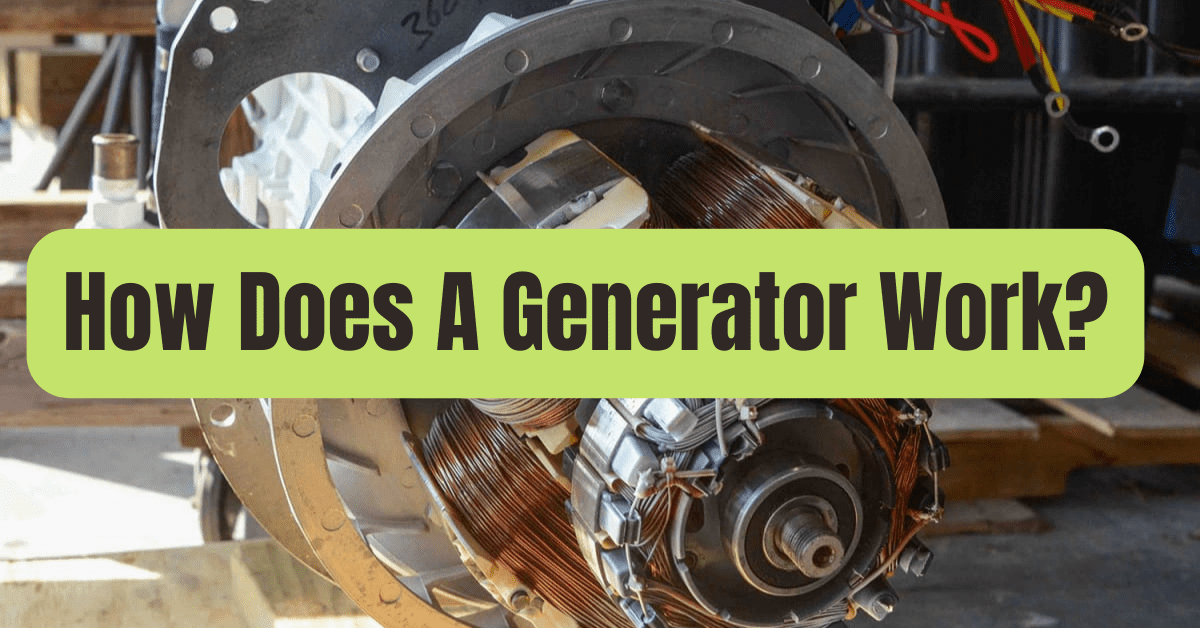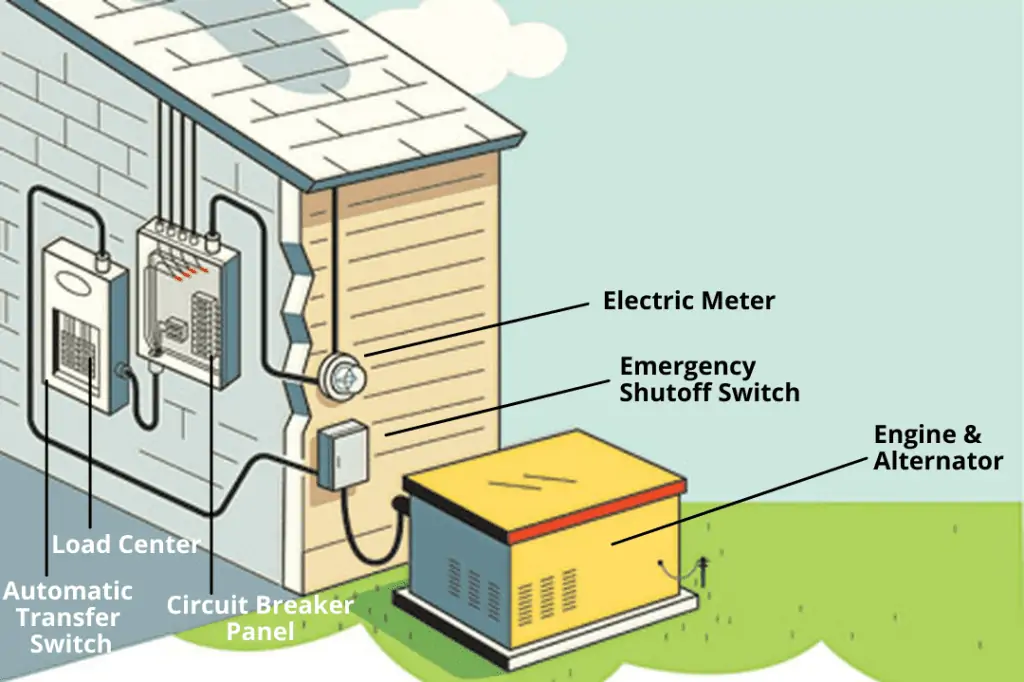Does Generator Turn Off When Power Is Restored

As power outages become increasingly common due to extreme weather events and aging infrastructure, many homeowners and businesses rely on generators to maintain essential services. A crucial question for those using this backup power source is: what happens when the main power grid comes back online? Understanding how generators respond to power restoration is vital for safety, efficiency, and preventing potential equipment damage.
This article examines the behavior of generators upon power restoration, focusing on the mechanisms that govern the switch back to grid power and the importance of automatic transfer switches. We'll explore different types of generators, the role of safety features, and offer advice on managing your generator during and after a power outage.
Automatic vs. Manual Transfer Switches
The key component determining whether a generator automatically shuts off upon power restoration is the presence and type of a transfer switch. A transfer switch safely disconnects the generator from the household electrical system when utility power is available and reconnects it when utility power is lost.
Automatic Transfer Switches (ATS): These switches monitor incoming utility power. Upon detecting a loss of power, the ATS automatically starts the generator and switches the electrical load to it.
Once utility power is restored, the ATS senses the return of electricity and automatically switches the load back to the grid. The generator then typically runs for a cool-down period before shutting off completely. The cool-down period allows the engine to dissipate heat gradually, prolonging its lifespan.
Manual Transfer Switches (MTS): These require manual operation to switch between grid power and generator power. When utility power returns, the user must manually switch the load back to the grid and then manually shut down the generator.
Forgetting to switch back and shut down a generator connected via a manual transfer switch can lead to backfeeding, where generator power flows back into the utility grid, creating a dangerous situation for utility workers and potentially damaging the generator and connected appliances.
Generator Types and Their Behavior
The behavior of a generator upon power restoration can also depend on the type of generator. Standby generators, portable generators, and inverter generators each have different operating characteristics.
Standby Generators: These are permanently installed and connected to the home's electrical system via an ATS. They are designed for automatic operation, seamlessly switching between grid power and generator power without user intervention.
Portable Generators: These are typically used for temporary power needs. They usually require manual starting and stopping, and they may or may not be connected to the home's electrical system via a transfer switch (often manual).
Inverter Generators: These produce cleaner power than traditional generators, making them suitable for sensitive electronics. While some inverter generators can be connected to an ATS, they often require manual operation.
Safety Features and Considerations
Regardless of the type of generator or transfer switch used, safety is paramount. Generators produce carbon monoxide, so they must be operated outdoors in a well-ventilated area.
Proper grounding is also essential to prevent electrical shock. Using the correct size and type of extension cords is crucial to avoid overheating and potential fires.
Regular maintenance, including oil changes and filter replacements, ensures the generator operates safely and efficiently. Always consult the manufacturer's instructions for specific maintenance requirements.
Impact on Consumers and Businesses
Understanding how generators respond to power restoration is crucial for both residential and commercial users. For homeowners, it ensures that essential appliances, such as refrigerators and medical equipment, continue to function reliably during outages.
For businesses, it minimizes downtime and prevents loss of productivity and revenue. Industries that rely on continuous power, such as healthcare facilities and data centers, depend on generators with ATS for seamless power transfer.
Investing in a properly installed and maintained generator with an ATS can provide peace of mind and protect valuable assets during power outages.
Conclusion
Whether a generator automatically turns off when power is restored depends primarily on the presence and type of transfer switch installed. Automatic transfer switches offer seamless transitions between grid power and generator power, while manual transfer switches require user intervention.
Understanding the differences between generator types and the importance of safety features is crucial for safe and efficient operation. By taking the necessary precautions and investing in appropriate equipment, homeowners and businesses can ensure reliable backup power and minimize the impact of power outages.
Always consult with a qualified electrician to determine the best generator and transfer switch solution for your specific needs.
